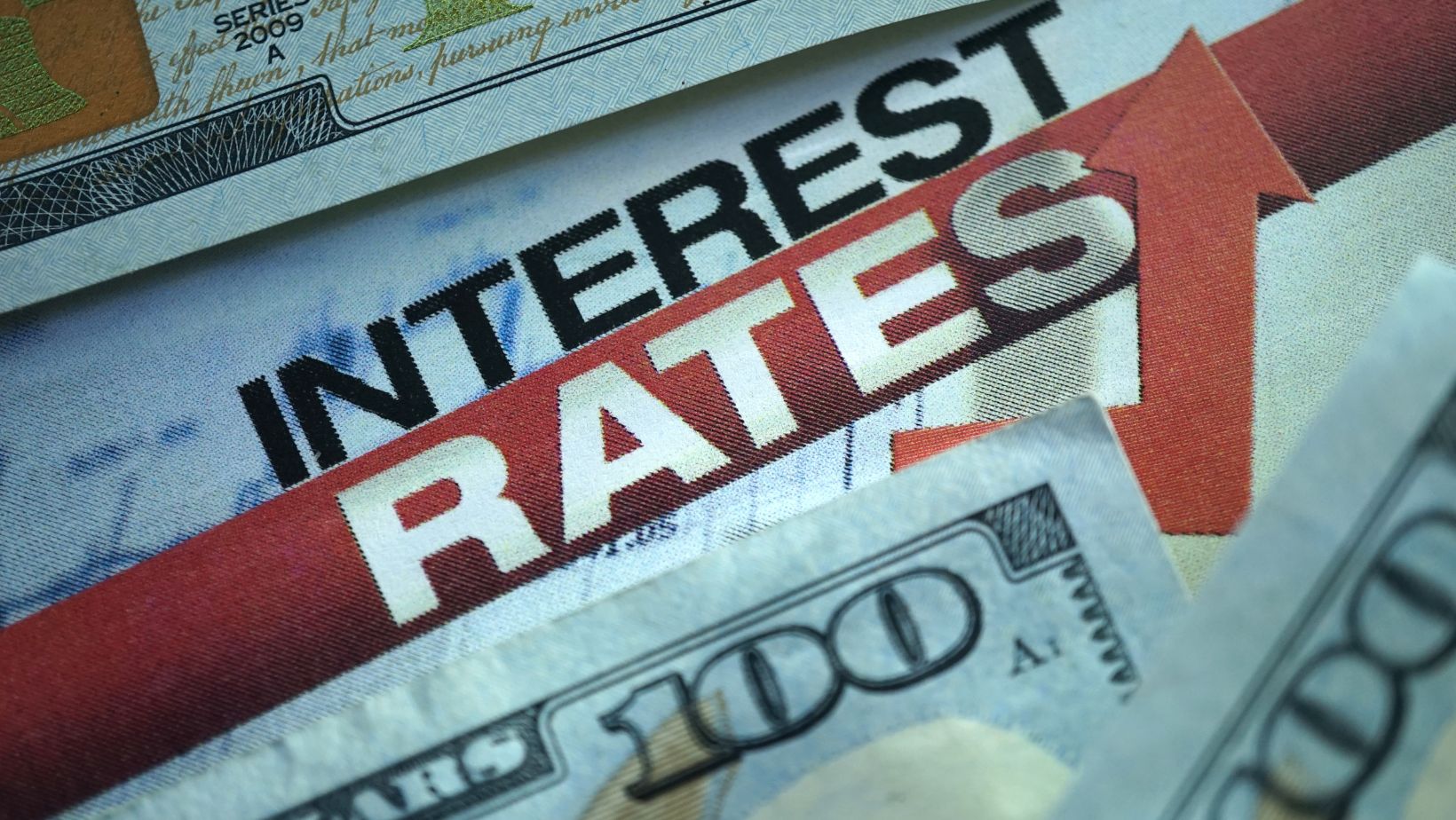If you consider a solar farm lease in a prime location, such as a rural area with ample sunlight, you may come across varying lease rates per acre that can impact your returns significantly. Understanding the nuances of these rates and how they are determined is crucial for maximizing your profits in the solar energy sector.
By exploring factors like land quality, proximity to transmission lines, and local incentives, you can strategically position yourself for success in this growing market. Stay tuned to uncover valuable insights on securing advantageous lease agreements and navigating the competitive landscape efficiently.
Factors Affecting Solar Farm Lease Rates
When determining solar farm lease rates, the primary factor influencing the cost per acre is the location’s solar irradiance levels. Solar irradiance refers to the amount of sunlight that reaches a specific area, affecting the efficiency of solar panels in converting sunlight into electricity. Areas with higher solar irradiance levels are more desirable for solar farms as they can generate more electricity, hence commanding higher lease rates per acre.
Land availability also plays a crucial role in determining solar farm lease rates. Regions with ample available land for solar farm development tend to have lower lease rates due to higher developer competition. Conversely, areas with limited land availability may see higher lease rates as the demand for suitable solar farm locations exceeds the supply.
Moreover, energy demand in a particular region can impact solar farm lease rates. Areas with high energy demand often have higher lease rates, as solar farms can help meet the energy needs of the local population. Understanding these factors is essential when evaluating potential solar farm lease opportunities.
Understanding Lease Rate Determinants
Understanding the key determinants of lease rates for solar farms involves a nuanced analysis of various factors that significantly impact pricing structures in the renewable energy sector. Land value plays a crucial role in determining lease rates, with higher land values often translating to higher lease rates. The location of the solar farm also holds substantial importance, as areas with ample sunlight and proximity to existing power infrastructure offer location advantages that can influence lease rates.
Analyzing the land value requires considering factors such as the current market value of the land, its proximity to urban centers, and the potential for future development. Moreover, location advantages encompass aspects like solar irradiance levels, grid connection availability, and accessibility for maintenance crews.
These statistical insights can guide solar farm owners in setting competitive lease rates while maximizing investment returns. By carefully evaluating the land value and leveraging location advantages, stakeholders can optimize lease rates per acre and enhance the overall profitability of solar farm operations.
Negotiation Strategies for Better Returns
To maximize returns on your solar farm investment, strategically employing negotiation tactics can significantly enhance lease rates per acre and overall profitability. Effective communication is paramount when negotiating lease agreements. Clearly articulating your expectations and understanding the needs of the other party can lead to mutually beneficial agreements. Additionally, establishing strategic partnerships with key stakeholders in the solar energy industry can provide leverage during negotiations.
By collaborating with experienced developers or investors, you can gain insights into market trends and best practices, which can strengthen your position at the negotiation table.
When engaging in negotiations, it’s crucial to conduct thorough research on current market conditions and lease rates in the area. This data-driven approach can help you justify your desired lease rate per acre based on industry standards. Moreover, by demonstrating a clear understanding of the value your solar farm brings to the table, you can negotiate from a position of strength and secure more favorable terms.
Evaluating Market Trends and Competition
Analyzing current market trends and evaluating competition is essential for making informed decisions regarding solar farm lease rates per acre. Conducting a thorough market analysis allows you to understand the demand-supply dynamics, pricing trends, and overall market conditions. By examining the competitive landscape, you can gain insights into what other solar farm operators are offering in terms of lease rates and amenities, helping you position your rates competitively.
Market analysis involves studying factors such as government incentives, energy policies, and technological advancements impacting the solar energy sector. Understanding these trends can help you anticipate future changes in the market and adjust your lease rates accordingly to maximize profitability. Additionally, assessing the competitive landscape provides valuable information on how your rates compare to those of similar solar farms in the area.
Tips for Securing Profitable Lease Agreements
For securing profitable lease agreements, conduct thorough research on local market conditions and competitor rates to inform your pricing strategy effectively.
Understanding the lease structure options available in the market is crucial. Analyze whether a fixed lease payment, revenue-sharing agreement, or a hybrid model would best suit your revenue potential. Fixed lease payments provide stable income but may limit your upside if the solar farm performs exceptionally well. Revenue-sharing agreements, on the other hand, tie your income directly to the farm’s performance, offering potentially higher returns but also higher risk. A hybrid model combining fixed payments with revenue-sharing can balance stability and growth potential.
Negotiate lease terms that not only benefit you but also incentivize the landowner to ensure the solar farm’s success. By aligning your lease structure with the farm’s revenue potential and securing favorable terms, you can maximize profitability and cultivate a mutually beneficial partnership.
Conclusion
In conclusion, when it comes to maximizing returns on solar farm lease rates per acre, understanding the factors that affect lease rates, employing effective negotiation strategies, evaluating market trends, and staying ahead of the competition are crucial.
Remember, as the saying goes, ‘the early bird catches the worm.’ By implementing these tips and strategies, you can secure profitable lease agreements and ensure a successful investment in solar energy.



